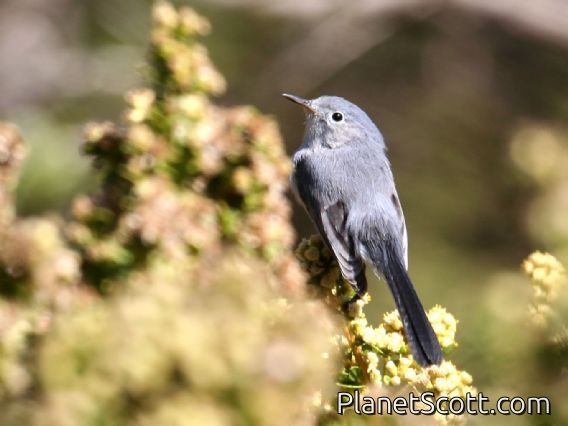Blue-gray Gnatcatcher (Polioptila caerulea)

Blue-grey Gnatcatcher (Polioptila caerulea)
×


Blue-grey Gnatcatcher (Polioptila caerulea)
About Blue-gray Gnatcatcher (Polioptila caerulea)
- Kingdom: Animals
- Phylum: Chordates
- Class: Birds
- Order: Perching Birds
- Family: Gnatwrens
The blue-gray gnatcatcher is a very small gnatcatcher native to North America.
Source: Wikipedia
Trips
Visits
-
-
2007-04-29
Edgewood Preserve, United States of America -
2007-07-18
Nelson Lake Forest Preserve, United States of America -
2007-09-16
Glen Canyon Park, United States of America -
2007-10-10
La Mancha, Mexico -
2008-01-06
Singayta, Mexico -
2008-02-18
Santiago, Mexico -
2009-01-20
Crooked Tree, Belize -
2009-01-27
Barton Creek, Belize -
2009-02-03
Los Tarrales, Guatemala -
2009-05-05
Elgin - Bluff Spring Fen, United States of America -
2009-05-08
Burnidge Forest Preserve, United States of America -
2010-02-20
Temescaltepec, Mexico -
2010-02-21
Taxco, Mexico -
2010-02-21
Grutas de Cacahuamilpa, Mexico -
2010-06-25
Elgin - Bluff Spring Fen, United States of America -
2013-04-19
Bolivar Peninsula, United States of America -
2014-03-10
San Simeon SP, United States of America -
-
-
-
-
-
-
2019-03-03
Madera Canyon, United States of America -
-
-
-
-
-
-
-
-
-
-
-
-
-
-
2024-03-26
Monte Alban, Mexico -
-



